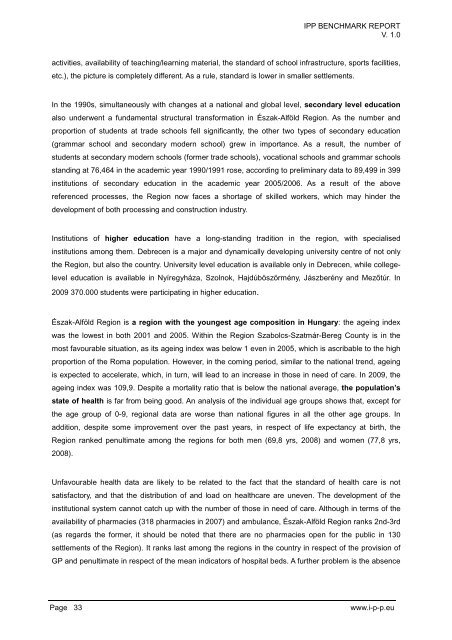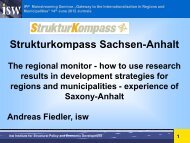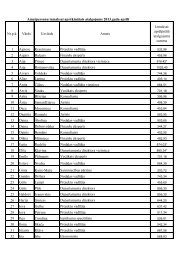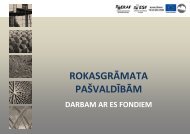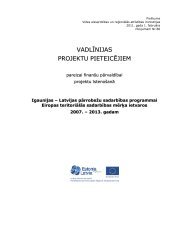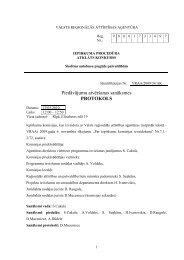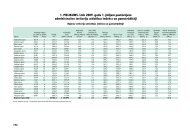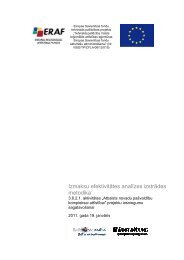Benchmark Study 1
Benchmark Study 1
Benchmark Study 1
Create successful ePaper yourself
Turn your PDF publications into a flip-book with our unique Google optimized e-Paper software.
IPP BENCHMARK REPORT<br />
V. 1.0<br />
activities, availability of teaching/learning material, the standard of school infrastructure, sports facilities,<br />
etc.), the picture is completely different. As a rule, standard is lower in smaller settlements.<br />
In the 1990s, simultaneously with changes at a national and global level, secondary level education<br />
also underwent a fundamental structural transformation in Észak-Alföld Region. As the number and<br />
proportion of students at trade schools fell significantly, the other two types of secondary education<br />
(grammar school and secondary modern school) grew in importance. As a result, the number of<br />
students at secondary modern schools (former trade schools), vocational schools and grammar schools<br />
standing at 76,464 in the academic year 1990/1991 rose, according to preliminary data to 89,499 in 399<br />
institutions of secondary education in the academic year 2005/2006. As a result of the above<br />
referenced processes, the Region now faces a shortage of skilled workers, which may hinder the<br />
development of both processing and construction industry.<br />
Institutions of higher education have a long-standing tradition in the region, with specialised<br />
institutions among them. Debrecen is a major and dynamically developing university centre of not only<br />
the Region, but also the country. University level education is available only in Debrecen, while collegelevel<br />
education is available in Nyíregyháza, Szolnok, Hajdúböszörmény, Jászberény and Mezőtúr. In<br />
2009 370.000 students were participating in higher education.<br />
Észak-Alföld Region is a region with the youngest age composition in Hungary: the ageing index<br />
was the lowest in both 2001 and 2005. Within the Region Szabolcs-Szatmár-Bereg County is in the<br />
most favourable situation, as its ageing index was below 1 even in 2005, which is ascribable to the high<br />
proportion of the Roma population. However, in the coming period, similar to the national trend, ageing<br />
is expected to accelerate, which, in turn, will lead to an increase in those in need of care. In 2009, the<br />
ageing index was 109,9. Despite a mortality ratio that is below the national average, the population’s<br />
state of health is far from being good. An analysis of the individual age groups shows that, except for<br />
the age group of 0-9, regional data are worse than national figures in all the other age groups. In<br />
addition, despite some improvement over the past years, in respect of life expectancy at birth, the<br />
Region ranked penultimate among the regions for both men (69,8 yrs, 2008) and women (77,8 yrs,<br />
2008).<br />
Unfavourable health data are likely to be related to the fact that the standard of health care is not<br />
satisfactory, and that the distribution of and load on healthcare are uneven. The development of the<br />
institutional system cannot catch up with the number of those in need of care. Although in terms of the<br />
availability of pharmacies (318 pharmacies in 2007) and ambulance, Észak-Alföld Region ranks 2nd-3rd<br />
(as regards the former, it should be noted that there are no pharmacies open for the public in 130<br />
settlements of the Region). It ranks last among the regions in the country in respect of the provision of<br />
GP and penultimate in respect of the mean indicators of hospital beds. A further problem is the absence<br />
Page 33<br />
www.i-p-p.eu


